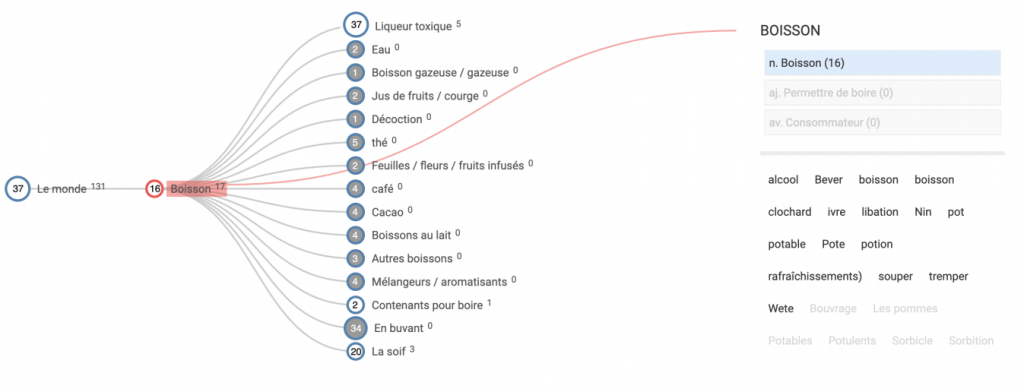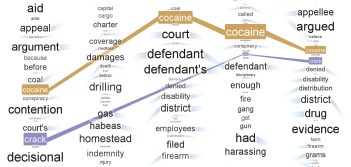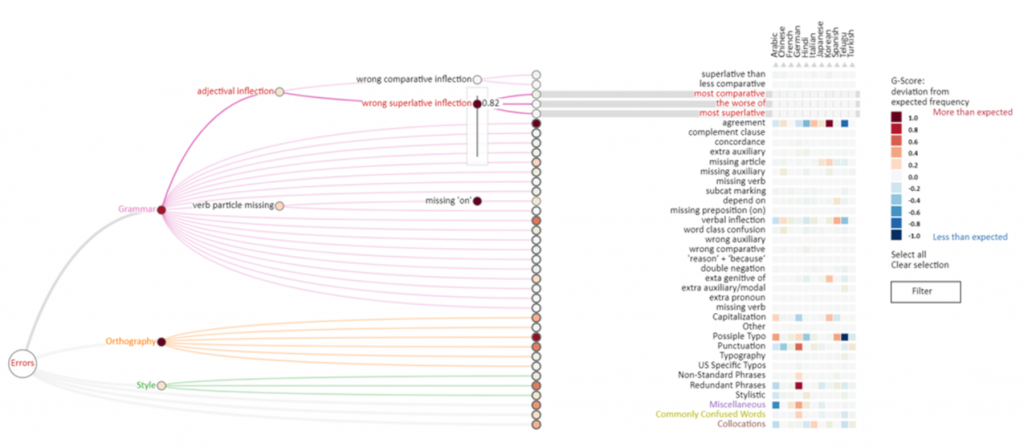
This year at the IEEE VIS Conference (Oct 19-25), members of the Ontario Tech University visualization research group Vialab will be at the Vancouver Convention Centre to present research results across the entire spectrum of conference events. Starting on Saturday, visiting researcher Tommaso Elli (Politenico Milano) will present his digital humanities dissertation plans at the doctoral colloquium. On Sunday Christopher Collins (conference posters co-chair) will present a paper co-authored with lab members Adam Bradley and Victor Sawal, Approaching Humanities Questions Using Slow Visual Search Interfaces at the VIS4DH workshop. After lunch, Christopher will give the keynote Mixed-Initiative Visual Analytics: Model-Driven Views and Analytic Guidance at the MLUI workshop.
Christopher will participate on day one in the panel discussion at the EVIVA-ML Workshop. On Tuesday in the opening plenary, Christopher will accept the VAST Test of Time Award with Martin Wattenberg and Fernanda Viégas for their 2009 paper Parallel Tag Clouds to Explore Faceted Text Corpora.
In the first papers session (aptly titled Provocations) on Tuesday (2:50, Ballroom B), Kyle Hall will present a paper co-authored by lab members Adam Bradley and Christopher Collins on Design by Immersion: A Transdisciplinary Approach to Problem-Driven Visualizations. On Tuesday afternoon in Room 1, Mariana Shimabukuro will present a short paper H-Matrix: Hierarchical Matrix for Visual Analysis of Cross-Linguistic Features in Large Learner Corpora, a language education visualization created with collaborators from the University of Konstanz.
On Wednesday (10:50am, Room 2+3) Brandon Laughlin will present A Visual Analytics Framework for Adversarial Text Generation at the VizSec Symposium on Visualization for Cyber Security. This work, in conjunction with Ontario Tech researchers from the Faculty of Business and IT, proposes a method to leverage machine learning and human linguistic expertise together to create adversarial examples which can convince both human readers and machine learning classifiers. Later that morning (11:50am, Room 8+15), Menna El-Assady will present our CG&A paper Visualization and the Digital Humanities: Moving Toward Stronger Collaborations written in collaboration with Adam Bradley, Christopher Collins, and collaborators from several institutions. This paper presents the experiences of interdisciplinary collaboration from both the humanities and computer science points of view. The poster reception starting at 5:10pm in Ballroom ABC will include Mariana Shimabukuro’s poster Cross-Linguistic Word Frequency Visualization for PT and EN (displayed in poster position 87 starting Monday for the entire week).
On Thursday afternoon (4:40, Ballroom B) Menna El-Assady will present Semantic Concept Spaces: Guided Topic Model Refinement using Word-Embedding Projections. This paper presents a new method for manipulating linguistic models such as topic models through expressing semantic knowledge using a visual interface, allowing for the training and adjustment of complex black-box models without adjusting obscure model parameters.
On Thursday (11:35, Ballroom A), alumnus Rafael Veras will present his work Discriminability Tests for Visualization Effectiveness and Scalability. When data changes are not visible to viewers of a visualization, then the visualization is not effective. This project introduces a new low-cost method to model human perception to determine the limits of discriminability for visualizations.
At this year’s IEEE VIS, Vialab will present 3 full papers, 1 short paper, 1 symposium paper, 1 workshop paper, 1 poster, 1 CG&A paper, and 1 doctoral colloquium talk! We gratefully acknowledge the funding support of the Canada Research Chairs program and NSERC which has made these projects possible. Open access preprints of papers are available on this website as well as on Arxiv.





